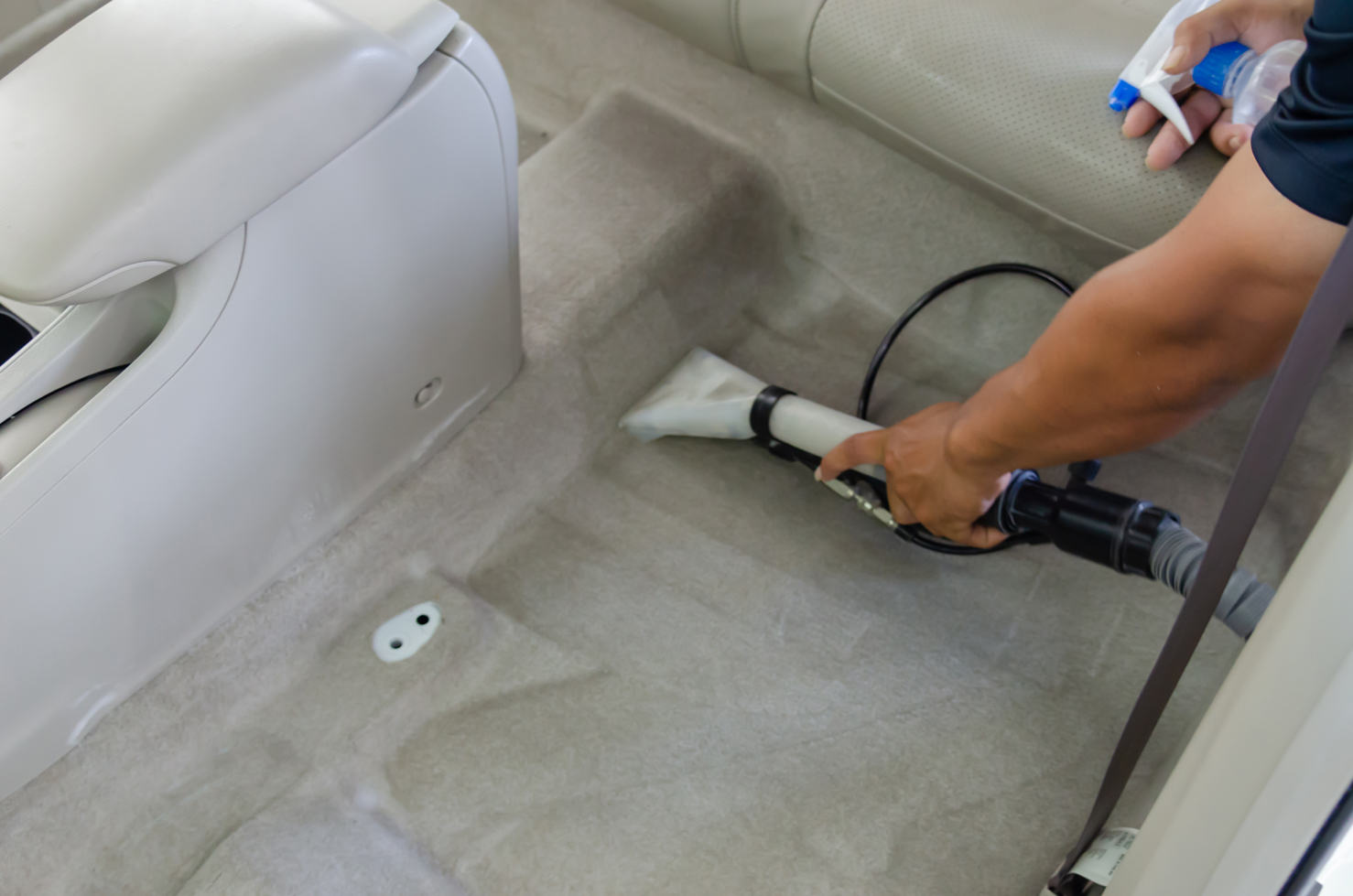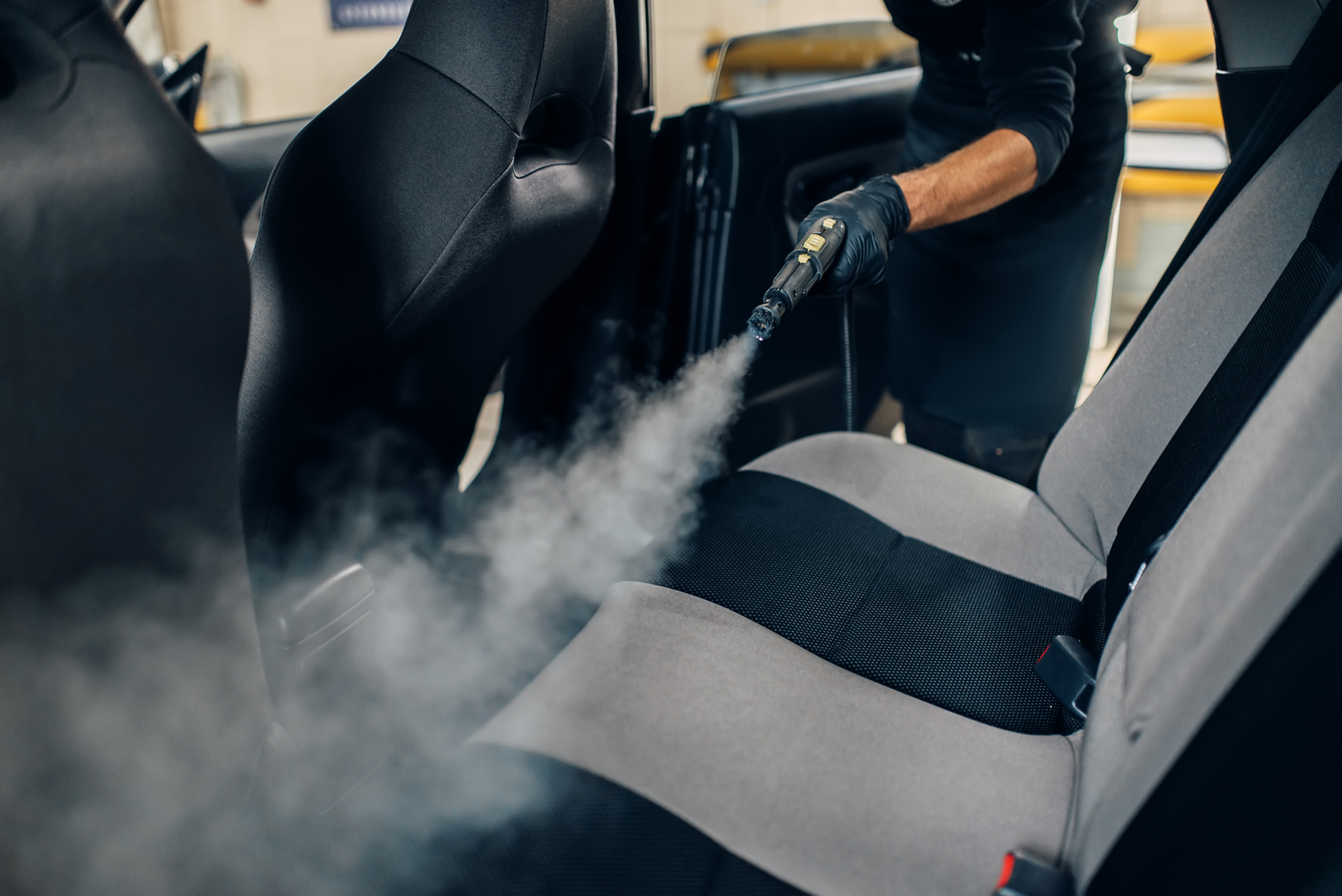ANIMAL ODORS IN YOUR AUTO.
It is common for pets to urinate in a vehicle when excited or anxious about the experience of riding in a car. Some animals will also urinate in a vehicle when left locked inside for too long. Removing urine stains and odors from a vehicle is often more difficult than you might initially think. The carpeting and seats in a car are absorbent in nature, and urine can quickly penetrate down into the deepest layers of these surfaces. Driving or riding in a vehicle that is affected by pet urine can be more than bothersome, and many today are looking for a way to effectively remove animal urine from their car.
Animal urine is acidic when wet, and as it dries, it becomes even more highly acidic. The acidic state of urine in both a wet and dry form provides the perfect breeding ground for bacterial growth. Much of the ammonia-based smell that is present from drying or dried urine stems from bacterial growth. This smell can become more pronounced as moisture from humidity or wetness is applied to the area. Unfortunately, the salts and crystals found naturally in urine attract moisture, and this can make the issue of pet urine in your car even more pronounced. In order to remove both the stains and odor associated with pet urine in your car, you must address the issue of the superficial levels of pet urine as well as the pet urine, crystals, and salts that are found in deeper layers of the carpet and seating. Without addressing both of these issues, the bothersome smell of pet urine will linger in your car.
Removing animal urine effectively requires you to follow several key steps. First, absorb as much of the wet urine as possible upon discovering it. This can minimize the amount of urine that is absorbed into the deeper layers of the carpeting and seating. If the area is already dried, you can use a black light and pH tester to determine where the odor in the car is stemming from. The affected area should then be flushed with water with a water claw. The area may need to be flushed several times. The water claw will pull water and accompanying urine up and out of the upholstery in an effective way because of its unique lifting capabilities. The area may need to be treated with shampoo and special enzymes to kill the bacteria. Allow the area to dry thoroughly. If odors persist, the area may need to be re-treated. In some cases, seat covers may need to be removed in order to more easily clean the underlying materials.
Because the process of removing pet urine in cars can be difficult and time-consuming, many people utilize the services of professional car detailing companies who specialize in this type of odor removal service.

